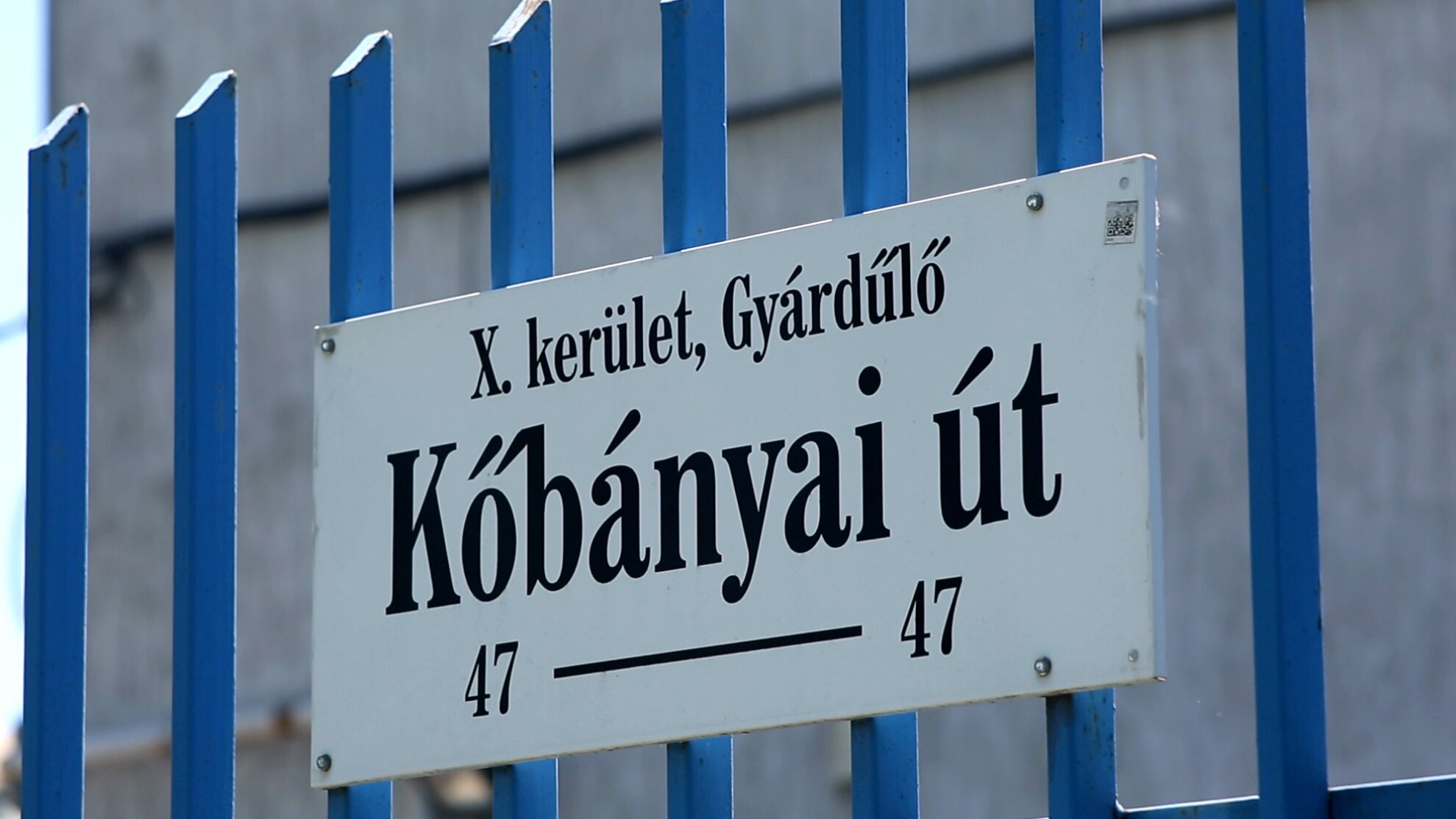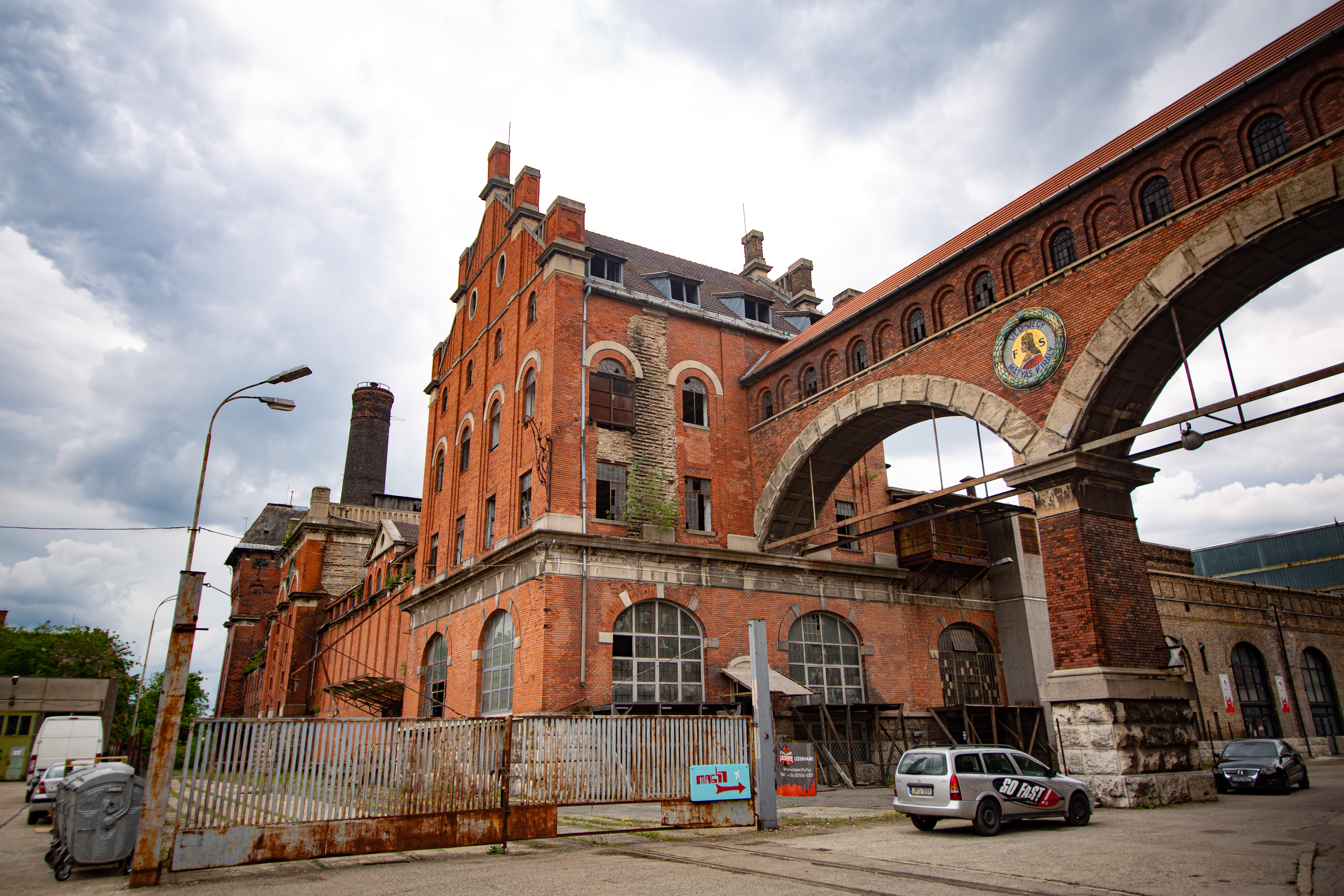The first mention of what would become District X comes in a letter from King Béla IV in 1244, as he describes donating the area to the city of Pest for cultivation. At the time, it was still known as Kőér, from which the street would eventually derive its name.

From the 1800s onwards, the area became industrial, and development of Kőbánya continued steadily with the building of factories and production plants, including one of Hungary’s largest breweries, Dreher, founded in the late 1800s. Today, the headquarters are still located in Kőbánya, and two Kolodko statuettes appear at the entrance of the brewery grounds. One depicts the founder – Antal Dreher Sr – and the other a vintage beer cart pulled by two dray horses.
The area has continued to attract beer manufacturers over the years. One of the most recent success stories is Mad Scientist, a craft micro-brewery who operates out of a huge 20th-century brewery renowned for its sweeping red brickwork.

Celebrating its fifth birthday in 2021, Mad Scientist is in the process of expanding its operations to meet rising demand among young Hungarian beer enthusiasts, with its signature colourful labels and humorous run names.
Budapest’s 10th district is home to two major parks, including the extensive grounds of Népliget, the People’s Park. Developed in 1860, the area has witnessed all sorts of social recreation: nightclubs, restaurants, playgrounds – even a circus and shooting range once existed here. Today the park is a quiet retreat from the city, although an old Planetarium is still standing for visitors to admire.
Just next door to Budapest’s largest park is the main bus terminal, where long-distance services leave to transport travellers across Hungary and beyond.
Another green space is Kincsem Park, an 84-hectare racecourse named after the thoroughbred racehorse who was undefeated during her time, winning an astonishing 54 races from 54 starts.
Budapest’s 10th district has a handful of architectural treasures, including Mindenki Temploma, an Art Nouveau-style synagogue designed by Richard Schöntheil on behalf of the Jewish community in Kőbánya. Today it operates as a church, with resplendent Zsolnay tiles and stained-glass windows in geometric patterns.
Another memorable church is Szent László, a masterpiece by Art-Nouveau genius Ödön Lechner, who combined Persian and Hungarian folk styles for this design. Mosaics above the entrance were supplied by Miksa Róth, one of Hungary’s most celebrated artists.
Near the church are charming pedestrianised thoroughfares, with shops, theatres, cultural centres and quaint pop-up book shops.
The 10th district is also home to two cemeteries: the New Public Cemetery, and the historic Kozma utca Jewish Cemetery. Established in 1891, it was designed to be a “majestic, green architectural and historic landmark”. With a declining Jewish population following the Holocaust, the cemetery has fallen into disrepair, and efforts are being made to restore and renovate the crumbling mausoleums to their former glory.
From lush parks and cemeteries to old brick factories, Budapest’s 10th district is full of interesting sights and landmarks which tell the story of this area’s vibrant past.






